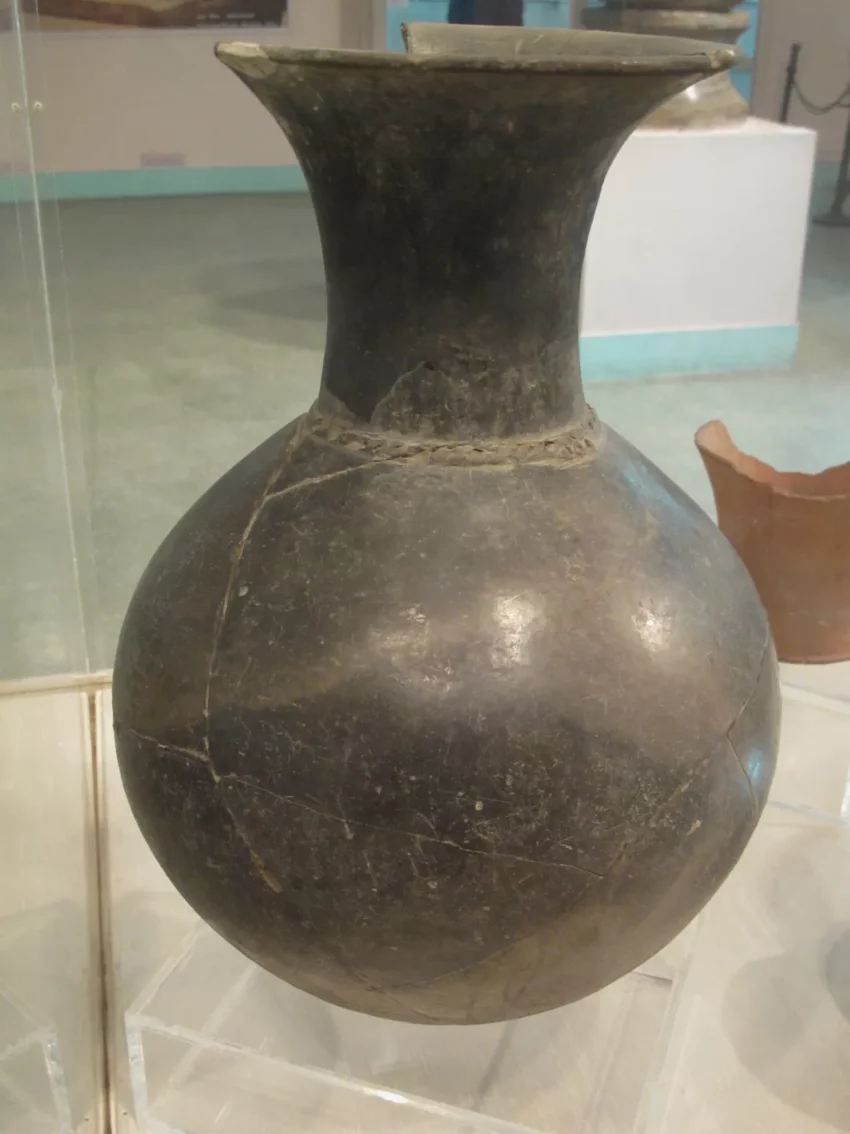Introduction to Burzahom Archaeological Site
The Burzahom archaeological site, situated in the Srinagar district of Jammu and Kashmir, India, offers a window into the prehistoric human activity in Kashmir. Archaeologists have identified four distinct cultural phases between 3000 BC and 1000 BC at this site. These phases include the Neolithic era, the Megalithic era, and the early Historical Period. The site provides crucial insights into the ancient flora and fauna, as well as the transition in architectural styles and living patterns over millennia.
Get your dose of History via Email
Geographical Setting of Burzahom
Located 16 kilometers northwest of Srinagar, Burzahom stands at an elevation of 1,800 meters above sea level. This northernmost Neolithic site in India lies on an ancient Pleistocene lake bed. The site’s strategic location on a high terrace offers a commanding view of the nearby Dal Lake. The name ‘Burzahom’ translates to “place of birch” in Kashmiri, indicating the historical presence of birch trees used in Neolithic roofing.
Historical Excavations at Burzahom
The first excavation at Burzahom occurred in 1936, led by the Yale–Cambridge Expedition. Subsequent detailed investigations between 1960 and 1971 by the Archaeological Survey of India marked the first stratified archaeological excavations in Kashmir. These excavations revealed continuous occupational sequences and a variety of artifacts that underscore the site’s cultural richness.
Cultural Phases of Burzahom
Period I and II: Neolithic Era
The initial periods at Burzahom are characterized by subterranean and ground-level dwellings. The site transitioned from pit dwellings to more structured mudbrick homes. Notable finds include a variety of stone and bone tools, and pottery that suggests early agricultural practices. The burial customs introduced during these periods highlight a complex social structure.
Period III: Megalithic Era
This period is marked by the construction of large stone menhirs, indicating a significant evolution in the community’s social and ritual practices. The craftsmanship of tools and pottery reached new heights, with influences seen from Central and Southwest Asia.
Period IV: Early Historical Period
The final phase at Burzahom shows further advancements in architecture and pottery. The use of mud-bricks and superior pottery techniques points to increased trade and cultural exchanges during this period.
Preservation and Recognition
The Burzahom site is meticulously preserved under the guidelines of the Archaeological Survey of India. Efforts to maintain the site in its excavated form help scholars and visitors understand the living conditions of its ancient inhabitants. In 2014, the site was nominated for inscription as a UNESCO World Heritage Site, recognition that would highlight its global archaeological significance.
Conclusion
Burzahom not only provides insights into the prehistoric lifestyles of the Kashmir Valley but also illustrates the cultural transformations over several millennia. The archaeological findings at Burzahom continue to contribute to our understanding of early human civilizations in South Asia.
Sources: Wikipedia

